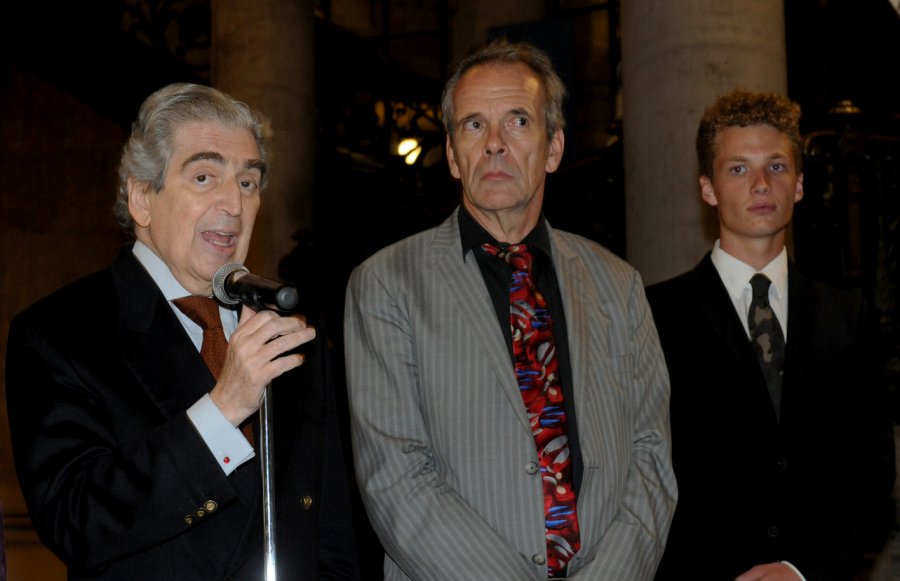Noticias
First retrospective in Mexico gathers 162 pieces
Otto Dix´s exhibition, Violence and passion is opened at the National Museum of Art.
October 12, 2016The work of Otto Dix, the artist who was censored and persecuted by the Nazis, the fighter of peace and understanding through culture, the man who made his lines a weapon to confront barbarism, is presented in the first retrospective in Mexico opened on October 11th at the National Museum of Art.
The exhibition Otto Dix. Violence and passion, opened as part of the Germany-Mexico Dual Year, gathers 162 pieces made between 1913 and 1960, covering his early years, his period of esthetic rebellion that got the antipathy of National Socialism to works made shortly before his death.
Secretary of Culture, Rafael Tovar y de Teresa, accompanied by Reinhard Maiworm, director of the Goethe Institute; curator, Ulrike Lorenz; Maria Cristina García Cepeda, general director of the National Institute of Fine Arts and Leander Dix, Otto Dix’s grandson, opened this retrospective where, through 56 paintings (38 oils, 16 watercolors, 2 gouaches), 87 graphic works and 19 drawings can be seen the stormy universe that Otto Dix lived in two world wars, the disenchantment, the misery, the sordidness and the weariness by the violence.
Rafael Tovar y de Teresa defined the exhibition as one of the most important of the Mexico-Germany Dual Year cultural program in which great creators have arrived in Mexican soil to showcase the cultural background and artistic avant-gardes of a nation connected by close ties with our country.
The secretary of Culture stressed the opportunity that these paintings that portray the feeling of an artist who went through the most difficult times of the twentieth century can be known by new generations with a curatorship that takes into account all points of view, both the artist and the meanings expressed in each oil and drawing.
He recalled that Otto Dix lived close to World War I and fought with the German army in 1918 without ever interrupting his artistic vein. Later, when the peace arrived, and the treaty of Versailles was signed his work began to be known, although it was object of censorship later.
“It is a celebration that this exhibition came to Mexico as part of this cultural exchange between two nations to show us an artist who continues to surprise the world with the strength of his lines” Rafael Tovar y de Teresa said.
Reinhard Maiworm said that this exhibition, after the success at the Marco de Monterrey Museum, continues to nurture the cultural dialogue between Mexico and Germany through a twentieth-century witness like Otto Dix and his passion for never adhering to the established forms, ideologies, crises and borders.
"His drama is not only from the 20th century but also from the 21st century, he made us understand several scenarios and ideas to reinterpret them in new contexts to learn from the past. It is certainly an exhibition that illustrates about pain, passion, violence and the desire to live in peace”.
During the opening tour the public was able to see representative works of the artist as Self-portraits, made in 1914 in tribute to philosopher Friedrich Nietzsche, as well as the pictures Pass with horses, Street lamps and Self-portrait as a smoker, among others.
In guiding the audience, the curator Ulrike Lorenz stated that Otto Dix develops with the painting a great variety of interests about the art that went from the Renaissance to Futurism, nevertheless, it is through the drawing where he lets his instincts take over to his intellectual development, aspects that the public can feel in this great exhibition.
Otto Dix. Passion and violence is presented until January 15th, 2017 at the National Museum of Art. Tacuba 8, Historic Center.
Mexico,Distrito Federal
